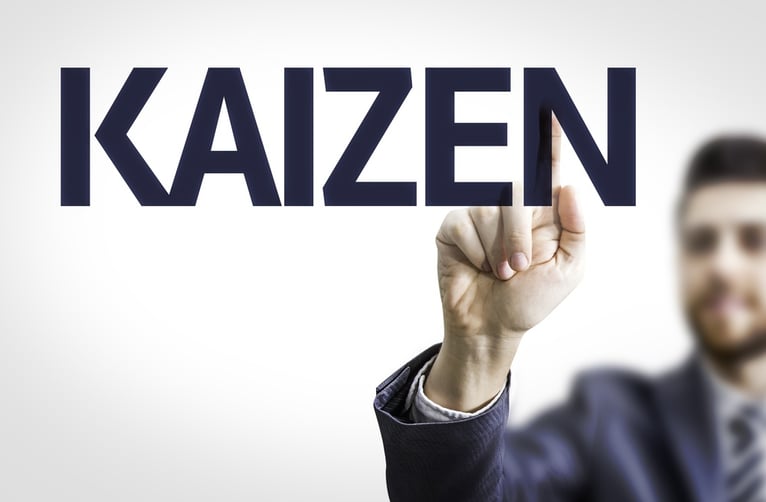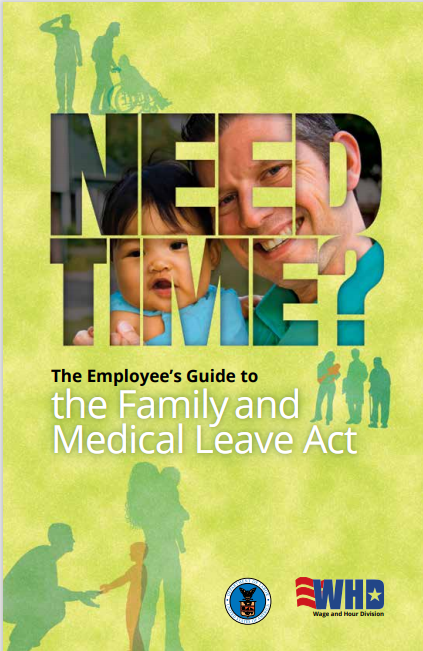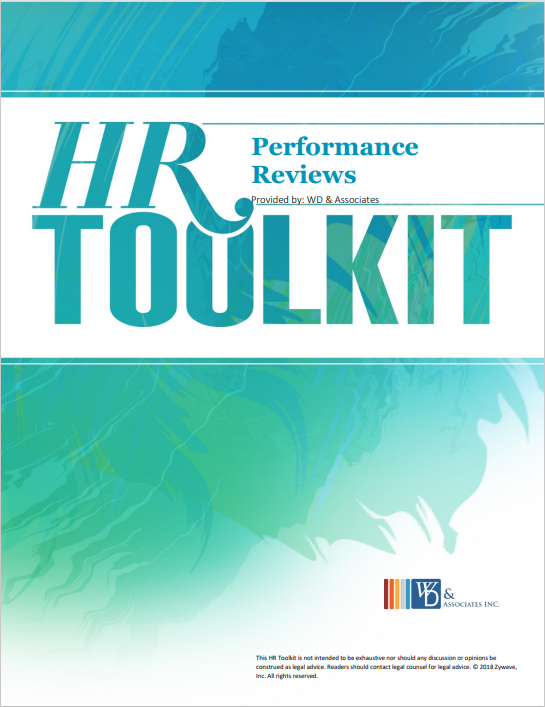The Automotive Industry has a thing or two to teach us about healthcare. When Toyota introduced the Toyota Processing System in the 70s they changed their industry, creating what became known as lean manufacturing. Lean manufacturing eliminates waste and reduces the amount of resources required. We can use those same principles to change the healthcare industry.

The Automotive Industry has a thing or two to teach us about healthcare. The Toyota Processing System changed the care industry in the 70s by introducing practices that eliminate waste and reduce the amount of resources required. We can use those same principles to change the healthcare industry.
What if we could make employee benefits leaner? What if we could change the way we spend that money? One of our clients is doing just that.
They looked at their program and realized that they were spending money all wrong. Coincidentally, this client happens to be in manufacturing. It stands to reason that an industry already versed in lean thinking could envision better flow with continuous improvements in health. They are breaking the mold in benefits, transitioning from premium dollars to healthcare dollars.
What It Means To Think Lean
The core idea of lean manufacturing is to work to eliminate waste from the process. In this case waste is any activity that does not add value for the customer. The goal is to work together to strengthen the weakest link and proactively achieve regular incremental improvements.
In the book Lean Thinking Womack and Jones’ distilled the thinking down to 5 lean principles:
- Specify the value desired by the customer
- Identify the value stream for each product providing that value and challenge all of the wasted steps (generally 9 out of 10) currently necessary to provide it
- Make the product flow continuously through the remaining value-added steps
- Introduce pull between all steps where continuous flow is possible
- Manage toward perfection so that the number of steps and the amount of time and information needed to serve the customer continually falls
Waste in the benefits arena could be unnecessary doctors visits that could be better served by telemedicine, it could be sedentary life styles adding weight to waistlines, it could be ER costs that could be better served at a lower cost by an urgent care center, it could be unhealthy lifestyle choices leading to chronic conditions, it could be high prescription costs, it could be a host of things that are clogging your healthcare process.
In many cases the worst offense is lack of understanding: do your employees understand your package and how to use it? Many people are afraid of the high cost of healthcare and don't visit the doctor until much later in the course of a disease that could have been mitigated earlier.
Another drain is unused programs. If you implement a wellness component or an Health Savings Account (HSA) and no one uses it then it does not add the value you are trying to achieve.
Serving Two Customers
There are two customers as it relates to the healthcare conversation: the employer and the employees. To start thinking lean we must ask:
What is the desired result of each group?
For the employer their desires include lower premiums, lower health care costs, increased participation in programs that encourage healthy behaviors and better health outcomes.
For the employee the desired results include better access to care, more clear understanding of out of pocket costs, better pricing on co-pays, coinsurance, Rx, and overall better health for their families.
What each of these has in common is the desire for better health at lower costs. With this client we determined that a wellness program could achieve their desired changes and then explored how to implement wellness in a way most likely to achieve success.
A Big Ask
Given that manufacturing companies face certain challenges including varied ages working long physically demanding shifts as well as varied levels of education and access to technology. We identified communication as a challenge.
Another challenge is goal alignment among diverse employees, especially when you have both young people who might not be concerned with health since they are generally healthy and also an aging population nearing retirement in declining health.
It is all too easy to be change averse when faced with these challenges.
In this instance lean manufacturing, or shall we say lean employee benefits, means you are asking your people to make changes in their lifestyle and healthcare behavior. You need to convince them that the changes could improve their health and everyone’s out of pocket expenses. In wellness we talk about the value on the investment (VOI), think of it as an ROI with softer targets.
It is not an overnight solution. You must be strategic and coax your people towards change, one step at a time over several years.
Let’s look at what makes this client’s program successful.
The Case For Wellness In Manufacturing
Recognizing that changing behavior takes time, our client implemented wellness in stages and strategically incentivized their population to participate.
They are now in year four of their plan. Each year they have offered an additional benefit or enhanced an existing benefit. Participation is up year over year and savings in premium dollars are too.
Consecutive favorable renewals allowed the company to absorb renewal increases, leaving employee contributions unchanged several years in a row, thereby showing their employees that they value them and have a vested interest in retaining their talents.
It is a robust plan that includes incentives across the board to encourage employees to engage with the full benefits package. The program includes incentives that are in specified dollar amounts for specific items that run the gambit from preventive visits, to a walking program, to gym use.
The programs “reward employees for actively taking steps toward a healthy lifestyle.” These programs span their benefit package. They are not limited to a walking program or a smoking cessation challenge, although they do include those components.
Wellness incentives are offered to all full time employees, including those who waive health coverage. In the case of employees enrolling with a family, the spouse or an adult child can earn incentives as well, increasing the available money.
All incentive money is paid to an HSA (Health Savings Account), tax-free to enrolled employees and post-tax to employees who waive coverage.
This encourages employees to use the HSA accounts. They also offer another incentive to contribute to the HSA by matching contributions up to a dollar amount and applying that to the dental premium.
They communicate the benefits of their plan clearly, emphasizing to employees and their families both money in their pocket from incentives and their steady premium cost in a market with double digit increases.
Regularly communicating and even congratulating your people is a key to continued buy-in over time.
How could we do the same for your business?
As you can see there is quite a bit of out of the box thinking even within a traditional health plan. These strategies were not always evident at the outset. With each change the next one became clearer. Their willingness to apply the lean principles to their thinking about healthcare is propelling them into a richer future together.
You can share in that future. Take a page out of their playbook and start by evaluating your long term goals for your benefits.
Where do you want to be in 1 year, in 3 years, in 5?
Think strategically about what you and your employees want out of your benefits package. Is it saving money? Expanding physician access? Adding life insurance or ancillary benefits? It will likely be a combination of things.
Next we look at your existing offerings to see how well they align with your goals. Then we start to break it down. What incremental changes can you make that will move the needle closer?
Small hinges swing big doors. Lets open the door to better health.
Lets stop paying premium dollars and start spending healthcare dollars. We can show you how.














Leave a comment